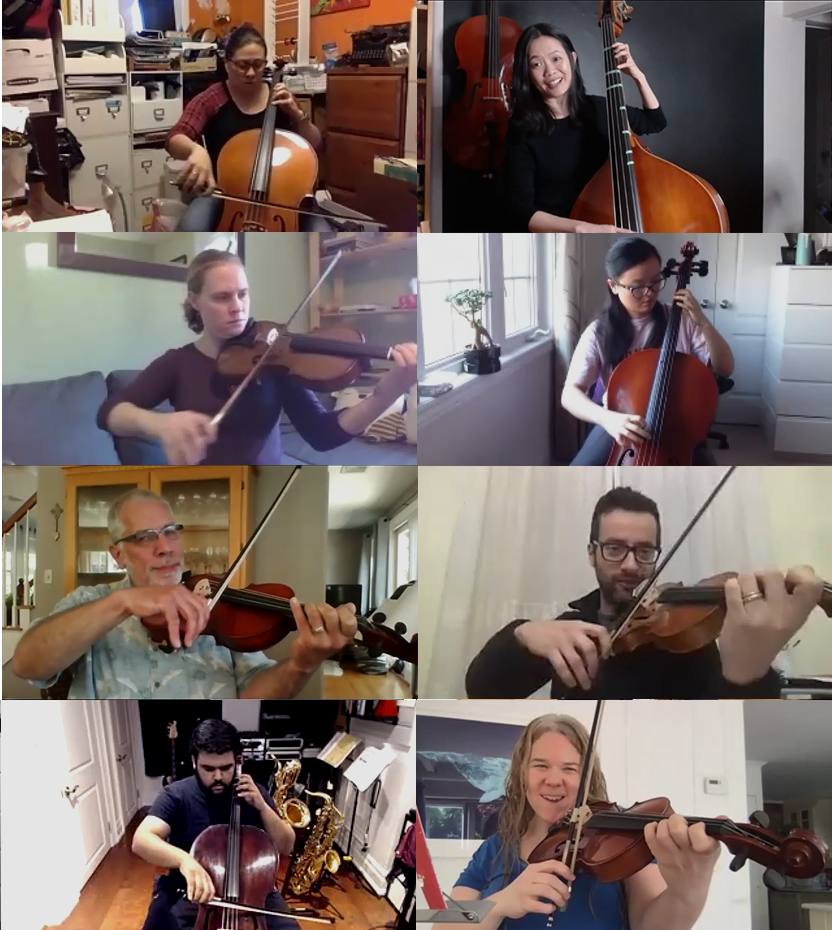
Another New Year!
It’s the beginning of another new year, and the perfect time to get your students to focus on correcting one or two of their bad habits. I shared my ideas for this in my post, New Year’s Resolutions: Time to replace some bad habits!
In that article, I shared 3 secrets to make establishing new habits simple. In reality though, it doesn’t always go so smoothly.
So, if you want your students to become skilled at replacing their bad habits with good ones, here are 5 more secrets that will help them successfully correct their string playing technique.
Secret No. 1 – Be aware of Autopilot.
First, it’s important to understand the reason why it’s so hard to break a habit – it’s because our brain LOVES to be on Autopilot. In other words, our brain always prefers to do things the way it’s always done them. This means it will feel better, more comfortable, and easier to keep doing it the same old way. If you feel comfortable, then you aren’t changing anything.
Secret No. 2 – Deliberately be Uncomfortable.
Once you try to do something differently, it will feel uncomfortable. You want to choose to stay uncomfortable. Uncomfortable will feel wrong – but it doesn’t mean it is wrong. It means you are in the process of change. However, comfortable will feel ‘right’, but it definitely won’t be right because that’s you on Autopilot, in your old habit.
Secret No. 3 – Stay out of the Comfort Zone. Constantly Turn Off Autopilot!
Autopilot turns on really quickly. Once your brain detects something new and uncomfortable happening, it will immediately work to make you go back to the old way of doing things. That’s why it’s so hard to change a habit. Autopilot is constantly working against us. The trick is to not fall into the ‘Comfort Zone’. Stay alert and keep turning Autopilot off!
Secret No. 4 – Keep it Simple.
So, how do you keep Autopilot from turning on in the first place? Well, the more complicated the music you are working on, the more likely Autopilot will turn on. There’s just too much for your brain to focus on.
To help keep Autopilot off, it’s important to choose something very simple to practice, like scales, or an easy piece that you have mastered. It should be something that you can play without much effort or thinking so that you can focus entirely on the new habit.
Dedicate a short amount of uninterrupted practice time to the new habit. 5-10 minutes a day can make a big difference if you can keep Autopilot off the entire time.
Secret No. 5 – Tell your brain how long it’s going to take.
Now, how long is it going to take to establish a new habit? In other words, how long should you stay feeling uncomfortable for?
Well, the short answer is, until the new habit feels comfortable instead of the old one.
But, how long will that really take?
Well, it’s definitely not going to feel comfortable after just one practice. But our brain wants us to be successful right away, and makes us want to give up before we’ve even really tried. It’s important to understand that so that we don’t quit.
Let your brain know that it’s going to take time. Start by telling your brain that you are going to dedicate yourself to feeling uncomfortable for the next 5 practices. After that, you can decide if you need 5 more.
If you don’t do this, your brain will want instant results and constantly make you want to quit or fall back into Autopilot. By giving your brain a specific plan you interrupt this and give yourself a much better chance for success!
Show students what is going on in their brain.
Showing students what is going on in their brain when they practice can be extremely effective at helping them successfully establish new habits. When they understand the pitfalls their brain can take them on, they can overcome them. The result in their progress is often the difference between night and day.
Let me know if these tips help your students – hearing from you keeps me doing what I’m doing. Also, let me know if you want me to share more tips like this!
Have you joined Smart String Teacher yet? Subscribe to be notified of more tips, free classes, drop-in clinics, resources, courses and more!



3 Worst Ways to Get Students to Fix Their Bad Habits - Smart String Teacher
[…] means that Autopilot, as you learned in the first post, is just going to take over […]
3 Good Ways to Motivate Students to Correct Their Technique - Smart String Teacher
[…] remember to model the rest of the 5 Secrets to Replacing Bad Habits With Good Ones as […]
Why You Should Stop Worrying About Incorrect Technique - Smart String Teacher
[…] untrue. When the moment is right, and if they understand the 5 Secrets to Replacing Bad Habits With Good Ones, establishing a new habit just requires readiness, focus and dedicated […]
Fix Your Thumbs Week! - Smart String Teacher
[…] year, I posted a bunch tips on how to achieve that with your students, starting with the 5 Secrets to Replacing Bad Habits With Good Ones. This year, let’s look into some specific problems you might want to […]